| [1] | K. K. Sen, M. L. Sen, Introduction to FACTS Controllers: Theory, Modeling and Applications, John Wiley & Sons, Inc., and IEEE, New Jersey, USA, 2009. |
| [2] | X. P. Zhang, C. Rehtanz, B. Pal, Flexible AC Transmission Systems: Modelling and Control, Springer Publishers, Heidelberg, Germany, February 2006. |
| [3] | M. Noroozian, Modelling of SVC in Power System Studies, Published by ABB Power Systems, Reactive Power Compensation Division, Vasteras, Sweden, April 2006. |
| [4] | Q. Liu, Z. Wang, Y. Zhang, "Study on a Novel Method of Distance Protection in Transmission Line with STATCOM", Power and energy Engineering conference (APPEEC’10) Asia-Pacific, Chengdu, China, 28-31March, 2010. |
| [5] | W.H. Zhang, S.J. Lee, M.S. Choi, S. Oda, "Considerations on Distance Relay Setting for Transmission Line with STATCOM", IEEE Power and Energy Society General Meeting, Minneapolis, USA, 25-29 July 2010. |
| [6] | M.V. Sham, K. Panduranga Vittal, "Simulation Studies on the Distance Relay Performance in the Presence of STATCOM", Journal of Electrical Engineering (JEE), vol. 11, no. 3, 2011. |
| [7] | M. Zellagui, A. Chaghi, "Impact of Inserting STATCOM on MHO Distance Relay Setting in Algerian Transmission Line", IEEE 6th International Conference on Sciences of Electronics, Technologies of Information and Telecommunications (SETIT’ 12), Sousse, Tunisia, 21-24 March 2012. |
| [8] | A. Shojaei, S.M. Madani, "Analysis of Measured Impedance by Distance Relay in Presence of SSSC", 5th IET International Conference on Power Electronics, Machines and Drives (PEMD’10), Brighton, UK, 19-21 April 2010. |
| [9] | S. Jamali, H. Shateri, "Locus of Apparent Impedance of Distance Protection in the Presence of SSSC", European Transactions on Electrical Power (ETEP), vol. 21, no. 1, pp. 398-412, January 2011. |
| [10] | M. Zellagui, A. Chaghi, "Impacts of Static Synchronous Series Compensator (SSSC) on Measured Impedance in Distance Protection", 2nd International Conference on Information Processing and Electrical Engineering (ICIPEE'12), Tébessa, Algeria, 14-16 April 2012. |
| [11] | M. Khederzadeh, A. Ghorbani, A. Salemnia, "Impact of SSSC on the Digital Distance Relaying", IEEE Power & Energy Society General Meeting (PES’09), Calgary, Canada, 26-30 July 2009. |
| [12] | A. Kazemi, S. Jamali, H. Shateri, " 46th International Universities' Power Engineering Conference (UPEC’11), Soest, Germany, 5-8 September 2011. |
| [13] | A. Hosny, M. Safiuddin, "ANN-Based Protection System for Controllable Series-Compensated Transmission Lines", IEEE/PES Power Systems Conference and Exposition (PSCE’09), Seattle, USA, 15-18 March 2009. |
| [14] | F. A. Albasri, T.S. Sidhu, R. K. Varma, "Performance Comparison of Distance Protection Schemes for Shunt-FACTS Compensated Transmission Lines", IEEE Transactions on Power Delivery, vol. 22, no. 4, pp. 2116-2125, October 2007. |
| [15] | A. Kazemi, S. Jamali, H. Shateri, "Measured Impedance by Distance Relay for Inter Phase Faults in Presence of SVC", International Conference on Power System Technology (ICPST’10), Hong Kong, China, 24-28 October 2010. |
| [16] | S. Jamali, A. Kazemi, H. Shateri, "Comparing Effects of SVC and STATCOM on Distance Relay Tripping Characteristic", IEEE International Symposium on Industrial Electronics (ISIE’08), Cambridge, UK, pp. 1568-1573, 30 June - 2 July, 2008. |
| [17] | A. Kazemi, S. Jamali, H. Shateri, "Measured Impedance by Distance Relay for Inter Phase Faults in Presence of SVC", International Conference on Power System Technology (POWERCON’ 10), Hangzhou, China, 24-28 October 2010. |
| [18] | S. Jamali, A. Kazemi, H. Shateri, "Measured Impedance by Distance Relay in Presence of SVC", International Review of Electrical Engineering (IREE), vol. 5. no. 2, pp. 619-627, April 2010. |
| [19] | S. Jamali, A. Kazemi, H. Shateri, "Measured Impedance by Distance Relay for Inter Phase Faults in the Presence of SVC on Double-circuit Lines", 11th IET Conference on Developments in Power System Protection (DPSP’12), Birmingham, UK, 23 - 26 April 2012. |
| [20] | M. Khederzadeh, A. Ghorbani, "STATCOM/SVC Impact on the Performance of Transmission Line Distance Protection", Transactions on Electrical and Electronic Engineering (TEEJ), pp. 525-533, November 2011. |
| [21] | G. Zigler, Numerical Distance Protection: Principles and Applications, Third Edition, Publics Corporate Publishing, Germany, February 2008. |
| [22] | N. Manamani, "Principles and Settings of Distance Relay on Algerian Transmission Line 220 and 400 kV", Training at GRTE Sétif, Sonelgaz, Algeria, June 2010. |
| [23] | M. Zellagui, A. Chaghi, "MHO Distance Relay of Transmission Line High Voltage using Series Compensation in Algerian Networks", Journal of ACTA Electrotehnica, pp.126-133, vol. 52, no. 3, 2011. |
| [24] | L. Gérin-Lajoie, "A MHO Distance Relay Device in EMTP Works", Elsevier, Electric Power Systems Research (EPSR), Vol. 79, no. 3, pp. 484-491, March 2009. |
| [25] | R. Benabid, M. Boudour, M.A. Abido, "Optimal Location and Setting of SVC and TCSC Devices using Non-dominated Sorting Particle Swarm Optimization", Elsevier, Electric Power Systems Research, vol. 79, no. 12, pp. 1668-1677, December 2009. |
| [26] | M. N. Nwohu, "Voltage Stability Improvement using Static Var Compensator in Power Systems", Leonardo Journal of Sciences (LJS), vol. 14, no.1, p. 167-172, January-June 2009. |
| [27] | P. Sankarbabu, J.B.V. Subrahmanyam, "A Novel Online Fuzzy Control Method of Static VAR Compensation for an Effective Reactive Power Control of Transmission Lines", Journal of ACTA Electrotehnica, pp.45-50, vol. 51, no. 1, March 2010. |











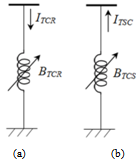




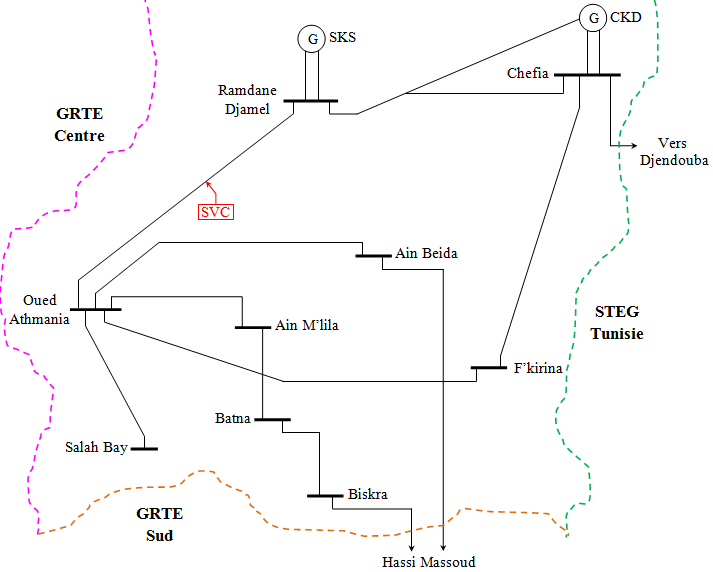




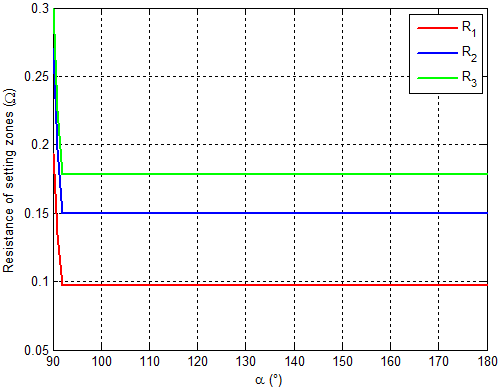
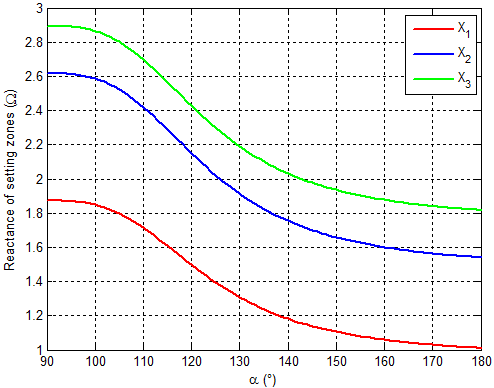
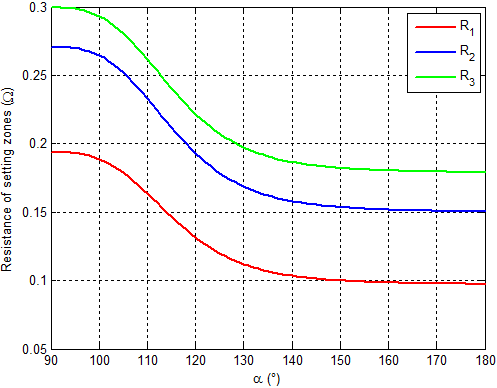
 Abstract
Abstract Reference
Reference Full-Text PDF
Full-Text PDF Full-Text HTML
Full-Text HTML